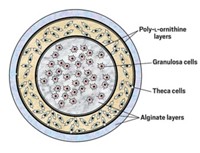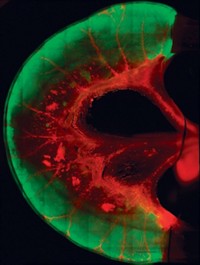Advertisement
Grab your lab coat. Let's get started
Welcome!
Welcome!
Create an account below to get 6 C&EN articles per month, receive newsletters and more - all free.
It seems this is your first time logging in online. Please enter the following information to continue.
As an ACS member you automatically get access to this site. All we need is few more details to create your reading experience.
Not you? Sign in with a different account.
Not you? Sign in with a different account.
ERROR 1
ERROR 1
ERROR 2
ERROR 2
ERROR 2
ERROR 2
ERROR 2
Password and Confirm password must match.
If you have an ACS member number, please enter it here so we can link this account to your membership. (optional)
ERROR 2
ACS values your privacy. By submitting your information, you are gaining access to C&EN and subscribing to our weekly newsletter. We use the information you provide to make your reading experience better, and we will never sell your data to third party members.
Biological Chemistry
Saliva Contains Wound Salve
August 11, 2008
| A version of this story appeared in
Volume 86, Issue 32
Why do animals lick their wounds? And why do wounds inside the mouth get better faster than comparable wounds on the skin? In rodents, these healing effects have been traced to epidermal and nerve growth factors in saliva. But human saliva contains only minimal amounts of these compounds, so Menno J. Oudhoff of the University of Amsterdam and colleagues knew that they would have to look further for the full answers (FASEB J., DOI: 10.1096/fj.08-112003). The researchers grew layers of human inner-cheek cells in dishes and scratched the layers to create artificial wounds. They then fractionated human saliva by HPLC and tested each fraction’s ability to speed healing of the wounds. The Dutch team found that the fraction that enhanced healing of the cell layers contained histatins. Until now, these peptides were known only for protecting the mouth against microbes. The authors note that histatins are relatively stable and aren’t hard to produce, making them “attractive candidates for development as therapeutics for promoting wound healing.” For example, histatins could be useful for treating patients whose wounds heal poorly, such as diabetics and burn victims.





Join the conversation
Contact the reporter
Submit a Letter to the Editor for publication
Engage with us on Twitter